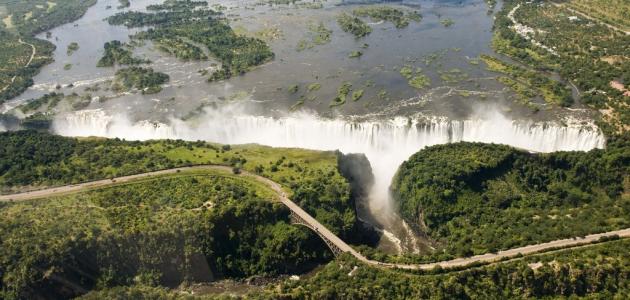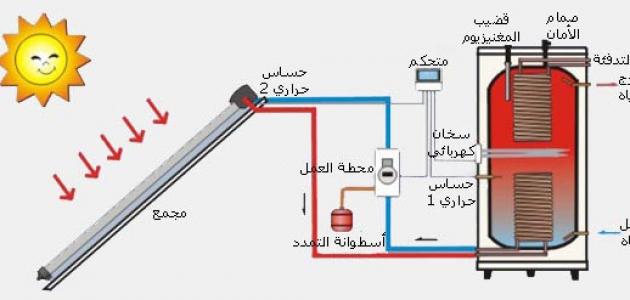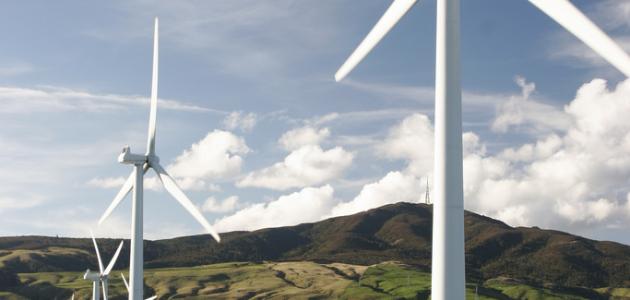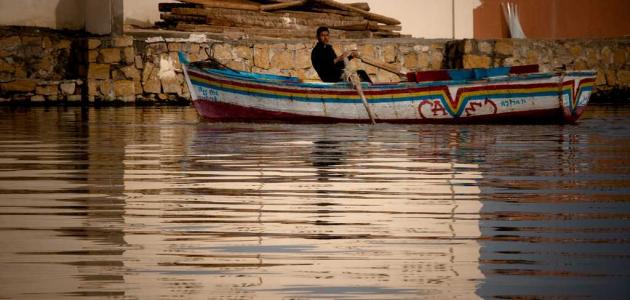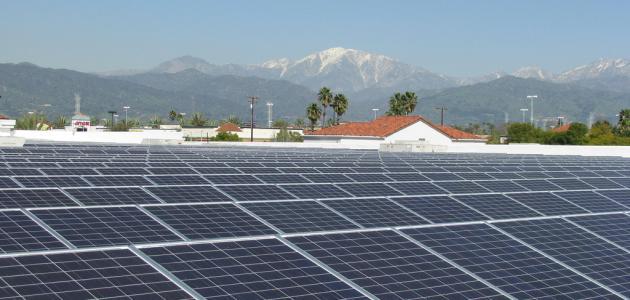Lake Victoria
Lake Victoria is included among the African Great Lakes, and ranks second as the largest freshwater lake in terms of area in the world. It is also characterized as the largest tropical lake in the world and Africa.
It contains approximately three thousand islands, and the area of Lake Victoria is approximately sixty-eight thousand eight hundred and seventy square kilometers, and its depth reaches about eighty-two meters, and overlooks Kenya, Uganda, and Tanzania.
Its source
Lake Victoria is connected to Lake Kyoga by the “Victoria Nile”, which is a fast-flowing river. This river separates from Lake Victoria upon reaching Ripon Falls and then crosses an entrance that connects it to Lake Kyoga.
The height of this river is about one thousand one hundred and thirty-five meters, and it connects Lakes Kyoga and Albert. It is a river about sixty-eight kilometers long, and the Kabariga Waterfall stands in the way of its flow.
Its history
In the year 1160 AD, Lake Victoria was mentioned for the first time by the Arab traveler Al-Sharif Al-Idrisi, and that was by drawing a map with high accuracy in describing the lake and determining its source and path. It is mentioned that the first British traveler who reached it was John Hatten Speke in 1858 AD, and it is worth Notably, Lake Victoria has not had any connection with the Nile River since its inception except twelve thousand five hundred years ago.
Read also:Rationalizing water consumption for childrenIt is noteworthy that the water level in Lake Victoria was lower than it is now by an estimated twenty-six metres, and this was demonstrated through a study conducted on pollen grains that were separated from the layers that were deposited during this period, and it was found that they were volatile from the plants standing in the areas. Nearby are savannah grasses, as this helped to infer that the climate in that region was characterized by its dryness and lack of rainfall, in complete contrast to what it is now.
The lake was connected to the Nile River after the water level in it rose due to the high level of rainfall year after year. This helped in the overflow of water, the rise in its level, and its flow into the course of the Nile River. The high level of rain also led to the extinction of grasses and the return of forests to life again.
Places to fish
The countries bordering Lake Victoria share the lake's area among themselves. Tanzania has the largest share of the area, amounting to 49%, while about 45% of the lake's area is located within Uganda's borders, and 6% is for Kenya.
Read also:Research on solar energy and wind energyThe importance of the lake lies in its inclusion of the fisheries of the African Great Lakes, due to the presence of large numbers of Nile perch. In the 1980s, fisheries in the lake witnessed a relative stagnation, and Nile perch increased in huge quantities.
